A plaque has been unveiled commemorating the 150th anniversary of Aberdeen’s Thermopylae clipper ship beating the Cutty Sark back with her cargo of Chinese tea.
Members of the Clipper 150 group gathered at Maritime Museum on Saturday to commemorate the anniversary and learn more about the history of Aberdeen shipbuilding.
Sailing ships would race against each other to port to win the highest price for their precious cargo of Chinese tea.
The Great Tea Race
The Thermopylae was built in 1868 by Walter Hood and Co in Footdee for George Thompson Junior’s Aberdeen Line.
It was an elegant and swift clipper ship, with an innovative design aimed at crossing the world as fast as possible.
At the event, a plaque was unveiled depicting what has been called the Great Tea Race between the Thermopylae and the world-famous Cutty Sark.
Both ships left Shanghai on June 26, 1872, and raced neck and neck for weeks.
The Thermopylae arrived in London on October 10, 1872, and the Cutty Sark arrived nine days later after losing her rudder in a heavy gale.
Two-Minute Masterpiece: Revisit the days when tea clippers raced on the high seas
As well as the unveiling, members of the group were able to listen to talks about shipbuilding in the area and the important role Aberdeen played.
Aberdeen was at forefront of ship design
Local historian and former shipbuilder Stanley Bruce was invited to talk at the event. Mr Bruce organised the commemorative plaque and already had one installed in York Place to recognise the Thermopylae.
Mr Bruce started as a ship draughtsman in Aberdeen when he was just 16 years old, and worked in the shipyard until he was 27.
Now, he’s determined to share the history of shipbuilding in Aberdeen and recognise the innovative designs that came from the area.
He said: “I would like to see more of these in Aberdeen. There are 16 significant ships I talked about and I think there should be a plaque for every one of them.”
Mr Bruce has also published 20 books online about Aberdeen shipbuilding which are all free to download.
David Henry, a trustee of the Royal Scottish Geographical Society and member of the organising committee of the Clipper 150, explained the “novelty” of being the first ship back delivering cargo.
He said: “The racing was really to profit from the gap between supply and demand and to get the best price.
“Aberdeen was really at the forefront of the technological design of ships at the time. After that the technology was applied in different ways, it was applied in steamship design and different forms of shipping.
“In the same way today, people are developing skill sets coming out of the oil and gas industry and they’re being applied in the sub-sea industry and renewables.”
Faster than Cutty Sark
Leslie Harrold, museum supervisor, said the team was “delighted” to host the event celebrating the development of the clipper ships.
He said: “The design led to a much-improved sailing time for these ships from Britain to the far-east so cargos could be brought back much quicker than before like tea and spices and that sort of thing.
“The Thermopylae was one of the fastest, the Cutty Sark’s the most famous one, but the Thermopylae was actually much quicker.
“At the time, it would have really put Aberdeen on the map as the main centre for the development of this type of ship.”
Tim Homes, chairman of the Clipper 150 organising committee, said: “I was fascinated with the spirit of the clipper ships that led the innovation of the marine industry in Aberdeen which we see today in the renewables sector and subsea.
“Aberdeen led with the development of the composite clipper ships and that innovation continues today.
“With the kind permission of the Port of Aberdeen, the plaque is being erected on Porca Quay in Footdee, which is where Walter Hood built the Thermopylae.”
Family learn about shipbuilding ancestors
Descendents of the family attended the event to find out more about their history in Aberdeen’s shipbuilding.
Jane Wordie, who still lives in the area, explained her great-great-great-grandfather was George Thomson Junior, and his son-in-law was Sir William Henderson.
She said: “The plaque is amazing, and I know there’s one down on York Street in Fittie already.
“We’re very privileged the Port of Aberdeen is assisting us with the historical aspects and access to the Port in Porca Quay which will be fantastic to recognise and understand where these clipper ships were built in Aberdeen.”
The large stainless-steel plaque was cut and engraved by Gavin Gatt at Weldtech Services.
Owner Ricky Somerville said: “The staff at Weldtech Services support the role the maritime industry has played in shaping the north-east’s past and future and this plaque is gifted to show our gratitude to our forefathers and all the people who remain passionate about promoting our heritage to future generations.”
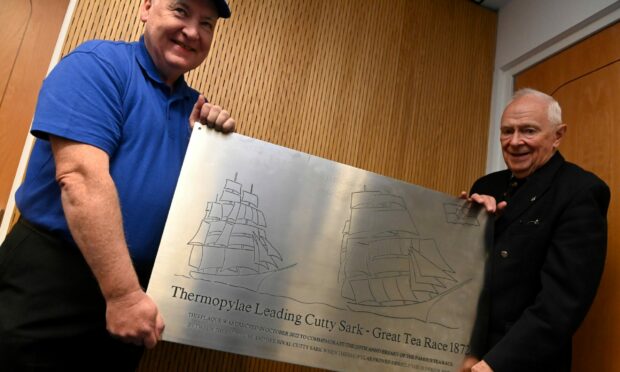
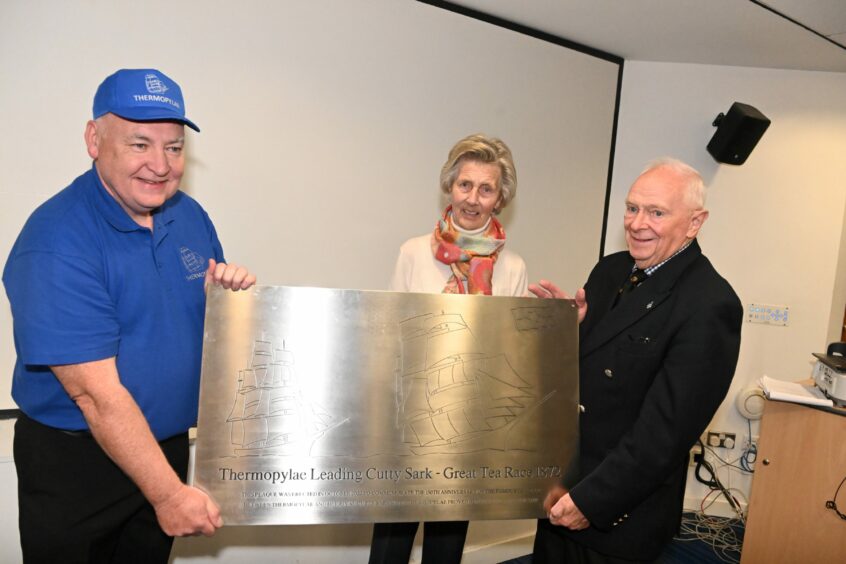
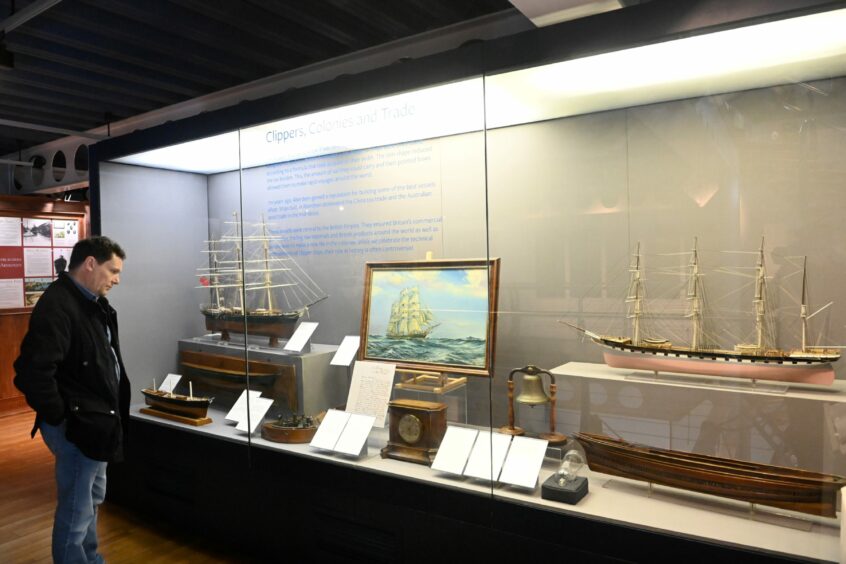
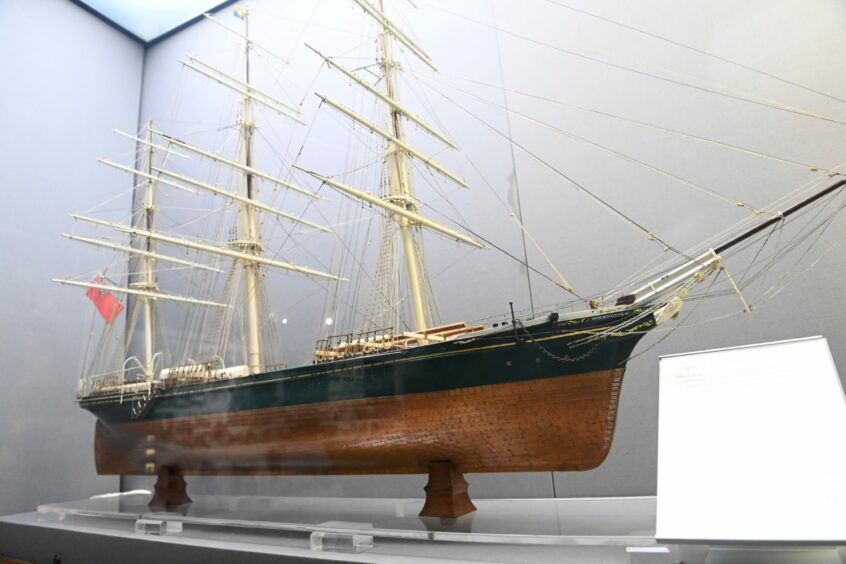
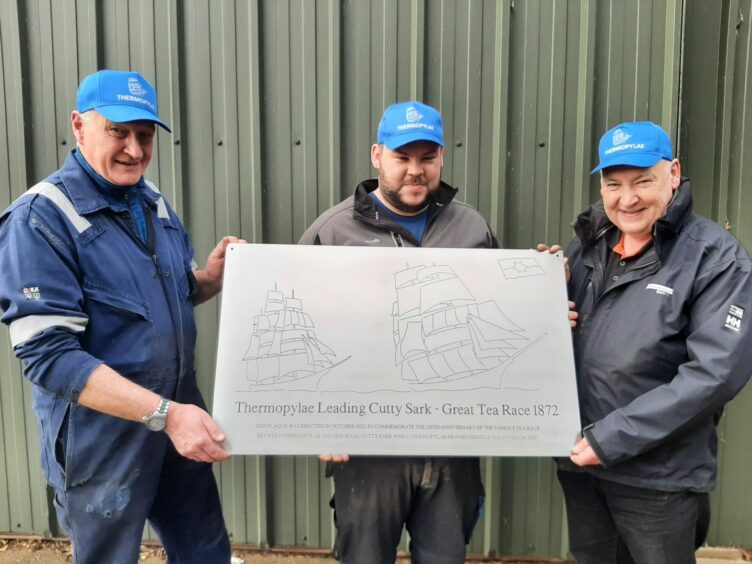
Conversation